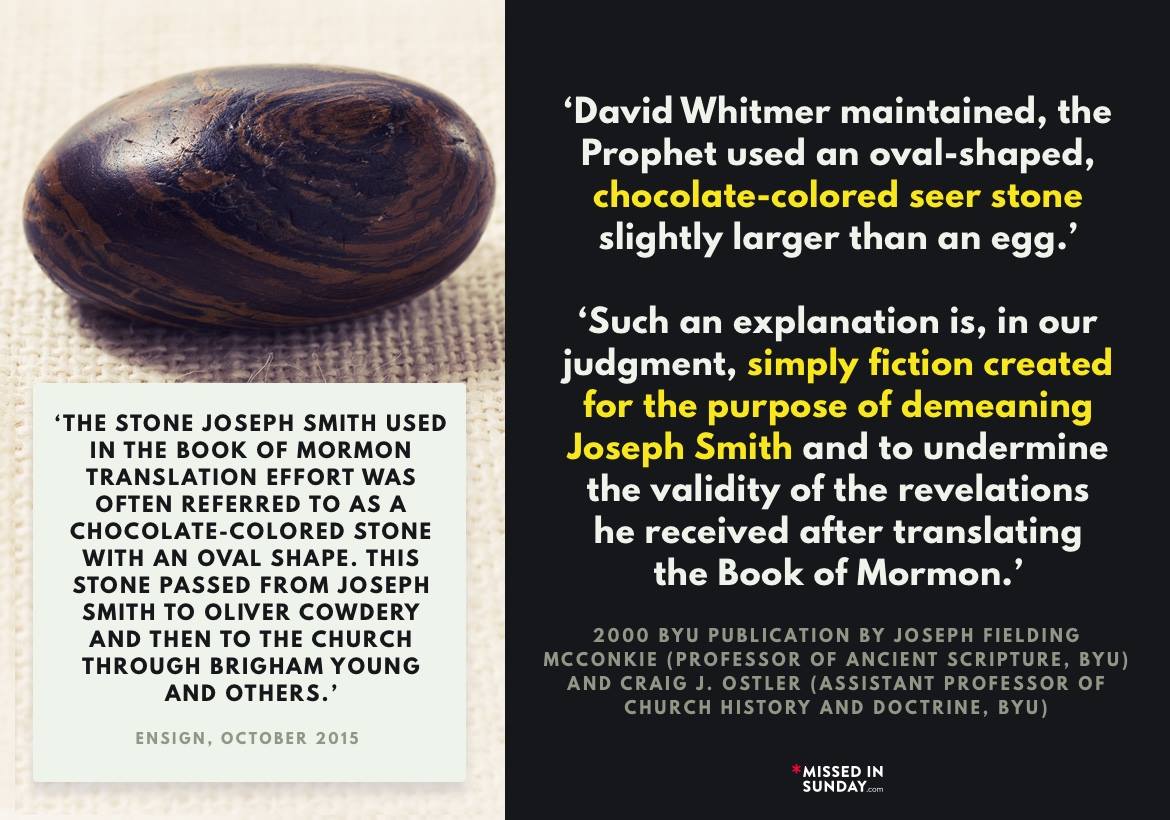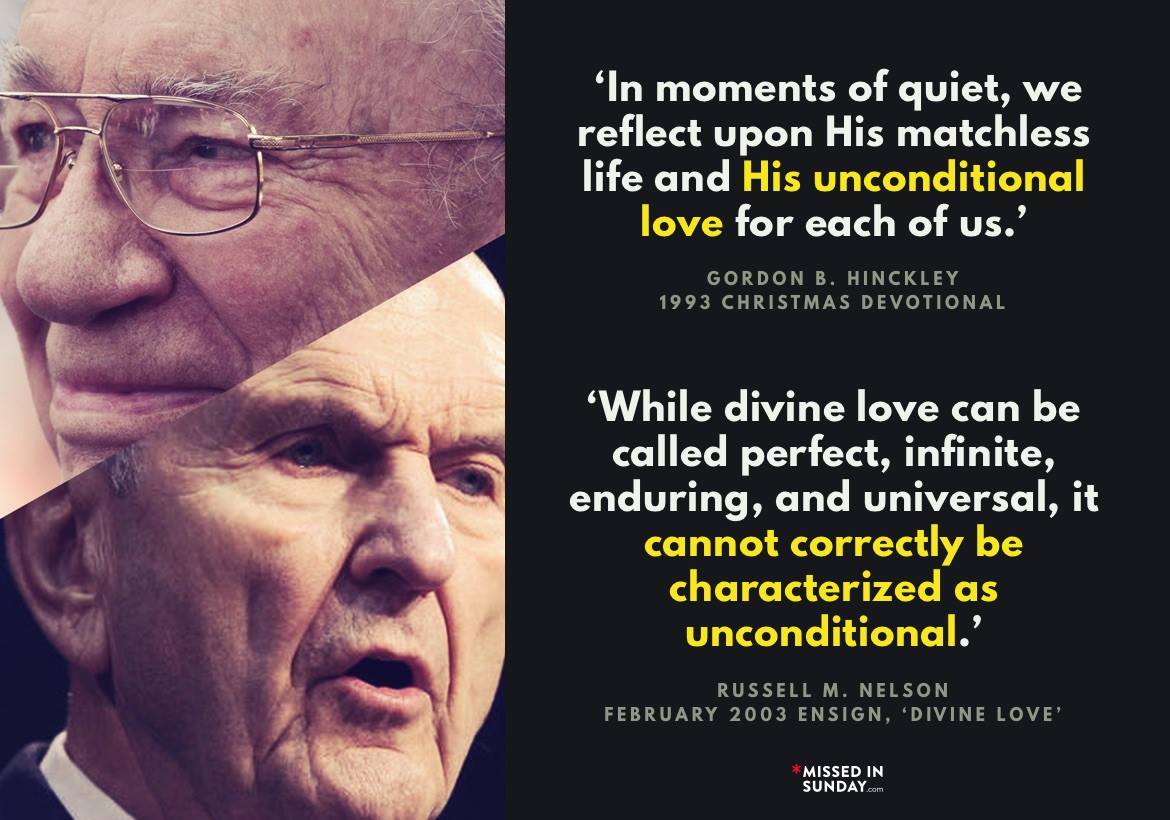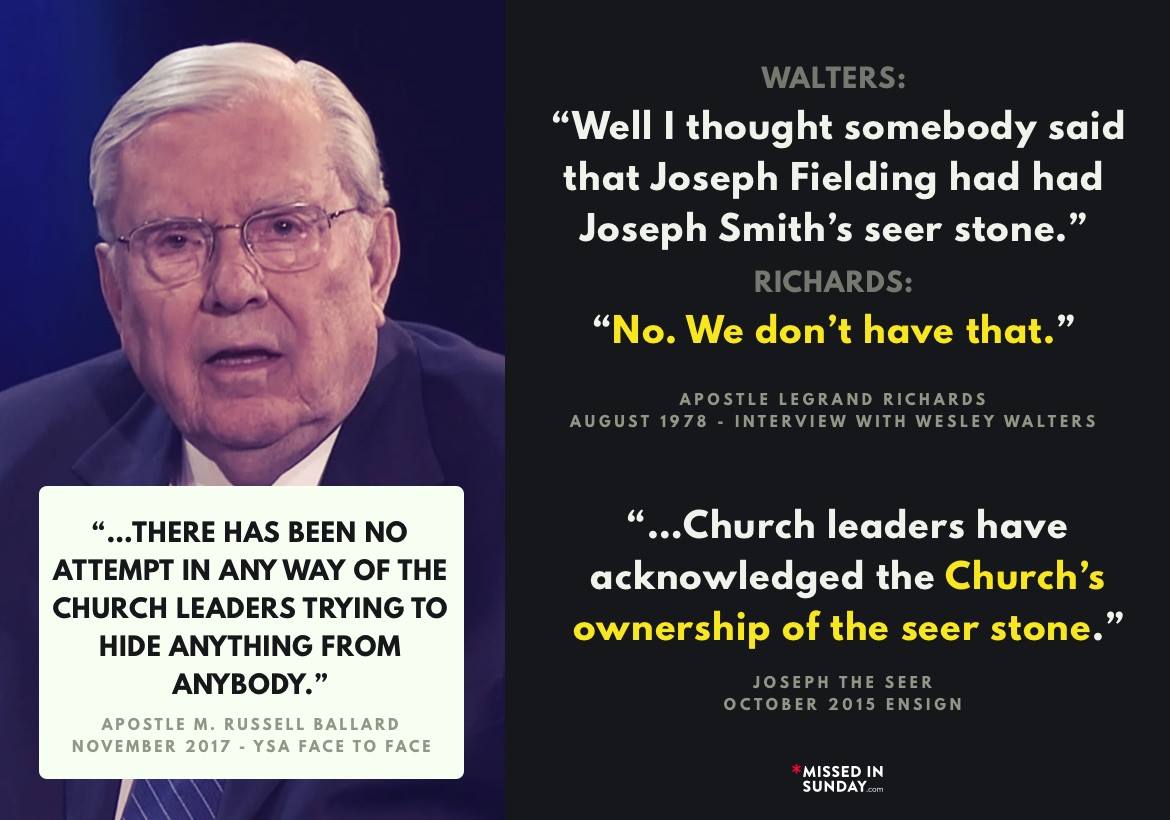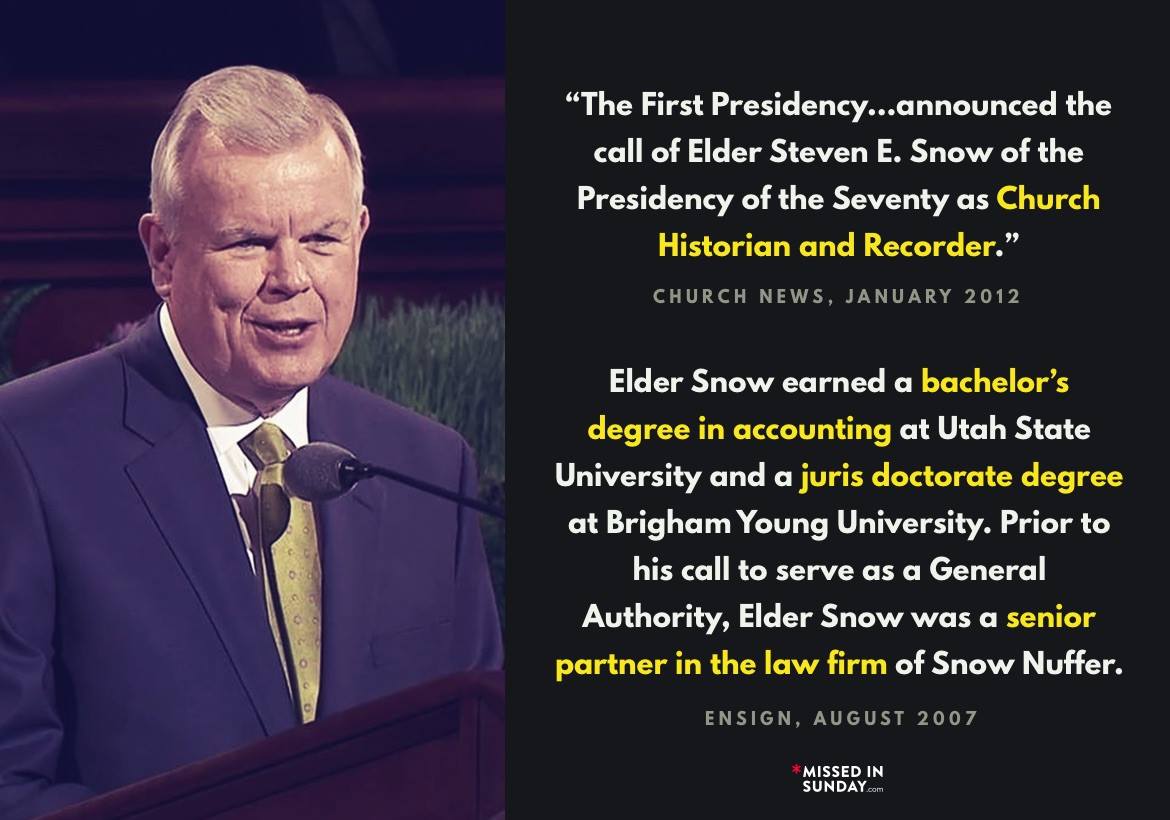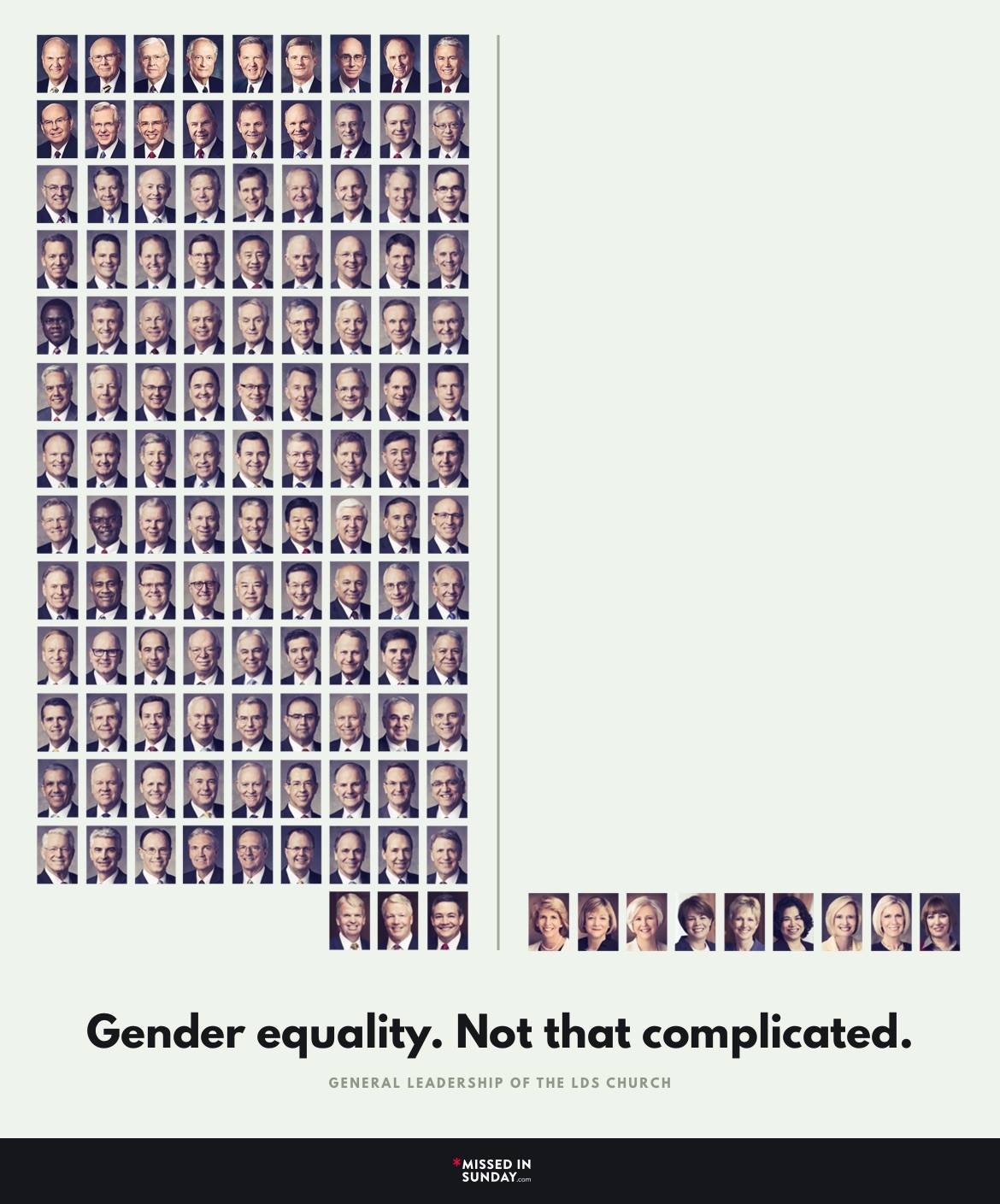From the Times and Seasons, 4:194 (1843): 1
Sir:-Through the medium of your paper, I wish to correct an error among men that profess to be learned, liberal and wise; and I do it the more cheerfully, because I hope sober-thinking and sound-reasoning people will sooner listen to the voice of truth, than be led astray by the vain pretentions [pretensions] of the self-wise. The error I speak of, is the definition of the word “Mormon.” It has been stated that this word was derived from the Greek word mormo. This is not the case. There was no Greek or Latin upon the plates from which I, through the grace of God. translated the Book of Mormon. Let the language of that book speak for itself. In the 523d page, of the fourth edition, it reads: “And now behold we have written this record according to our knowledge in the characters, which are called among us the Reformed Egyptian, being handed down and altered by us, according to our manner of speech; and if our plates had been sufficiently large, we should have written in Hebrew: but the Hebrew hath been altered by us, also; and if we could have written in Hebrew, behold ye would have had no imperfection in our record, but the Lord knoweth the things which we have written, and also, that none other people knoweth our language; therefore he that prepared means for the interpretation thereof.”
Here then the subject is put to silence, for “none other people knoweth our language,” therefore the Lord, and not man, had to interpret, after the people were all dead. And, as Paul said, “the world by wisdom know not God,” so the world by speculation are destitute of revelation; and as God in his superior wisdom, has always given his saints, wherever he had any on the earth, the same spirit, and that spirit, is John says, is the true spirit of prophesy, which is the testimony of Jesus, I may safely say that the word Mormon stands independent of the learning and wisdom of this generation.-Before I give a definition, however, to the word, let me say that the Savior says according to the gospel of John, I” am the good shepherd;” and it will not be beyond the common use of terms, to say that good is among the most important in use, and though known by various names in different languages, still its meaning is the same, and is ever in opposition to bad. We say from the Saxon, good; the Dane, god,; the Goth, goda; the German, gut; the Dutch, goed; the Latin, bonus; the Greek, kalos; the Hebrew, tob; and the Egyptian, mon. Hence, with the addition of more, of the contraction, mor, we have the word Mormon; which means, literally, more good.
Yours,
Joseph Smith.
Excerpt from an October General Conference address by Gordon B. Hinckley (1990): 2
“Look,” he went on to say, “if there is any name that is totally honorable in its derivation, it is the name Mormon. And so, when someone asks me about it and what it means, I quietly say—‘Mormon means more good.’” (The Prophet Joseph Smith first said this in 1843; see Times and Seasons, 4:194; Teachings of the Prophet Joseph Smith, pp. 299–300.)
His statement intrigued me—Mormon means “more good.” I knew, of course, that “more good” was not a derivative of the word Mormon. I had studied both Latin and Greek, and I knew that English is derived in some measure from those two languages and that the words more good are not a cognate of the word Mormon. But his was a positive attitude based on an interesting perception. And, as we all know, our lives are guided in large measure by our perceptions. Ever since, when I have seen the word Mormon used in the media to describe us—in a newspaper or a magazine or book or whatever—there flashes into my mind his statement, which has become my motto: Mormon means “more good.”
References
| 1 | Times and Seasons, 4:194 – http://contentdm.lib.byu.edu/cdm/ref/collection/NCMP1820-1846/id/8618 |
|---|---|
| 2 | Mormon Should Mean “More Good” – https://www.lds.org/ensign/1990/11/mormon-should-mean-more-good?lang=eng&_r=1 |


